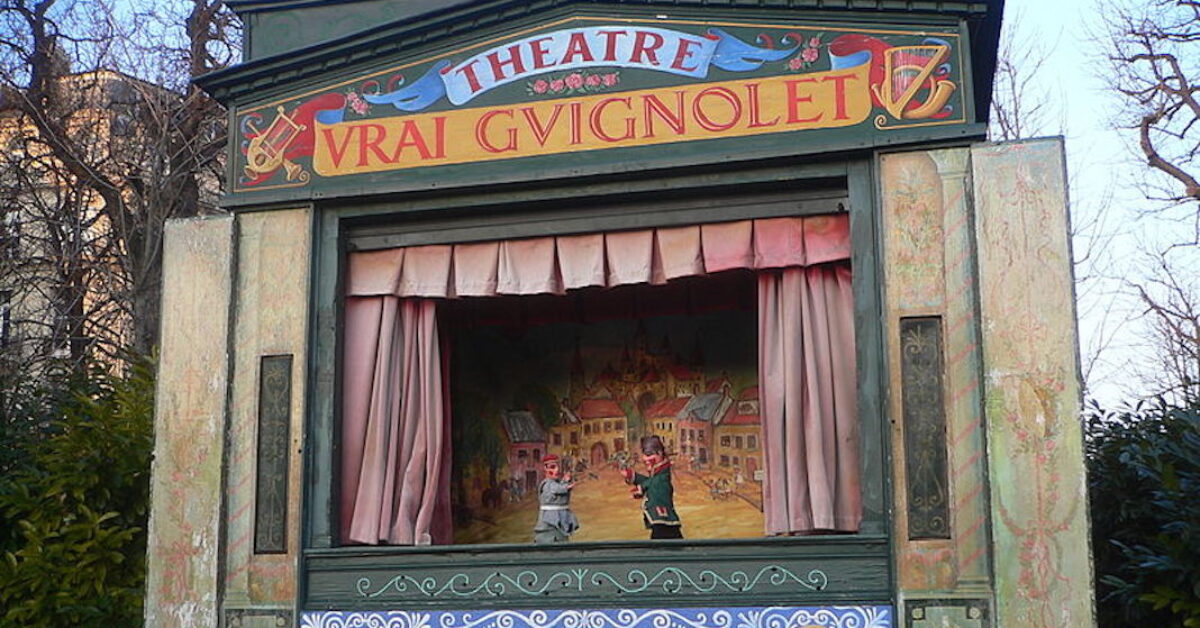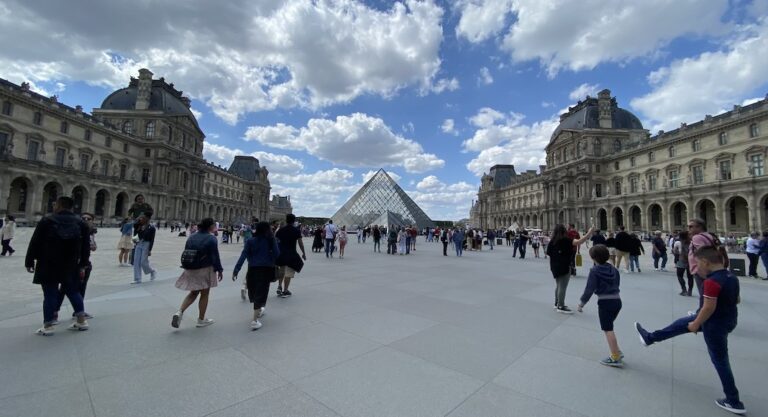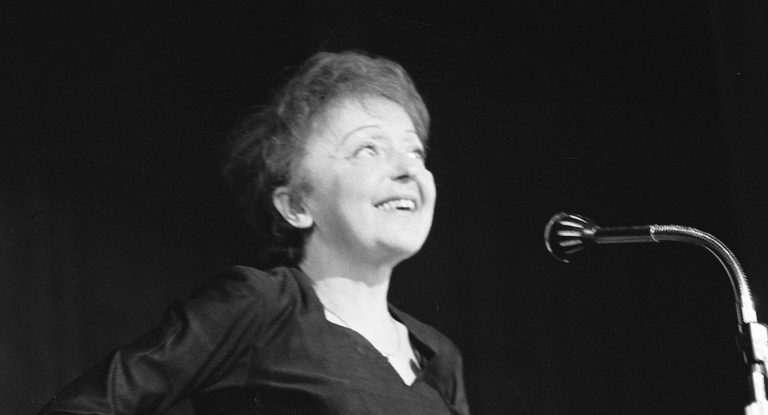When I arrived in France in 2010, I immediately noticed puppetry all around me. Puppets in stores, puppet shows in parks, puppets decorating windows, and most of all, puppetry in theaters everywhere, for children and adults alike. As it turns out, the puppet, and its art form, have been a mainstay of French cultural life for hundreds of years. Since I had the freedom of being on a study abroad program, I became a sort of puppet anthropologist — or “anthropuppetologist,” si vous voulez.
Puppets, as a means of entertainment and storytelling, are thought to be at least 3,000 years old. It’s been suggested that our cave-dwelling forebears would make shadow puppets around the evening fire to liven up their recounting of the day (the precursor to modern hand shadows on the wall). Puppetry has persisted, flourished, and evolved around the world, taking particular hold in Europe, where today it is largely viewed as accessible and important to all ages.
In France in particular, the puppet takes a prominent place in the cultural patrimoine. An important moment in French puppet history came in the early 19th century, with the advent of Guignol, the brainchild of the Lyonnais Laurent Mourguet. The Guignol is a funny little Punch-and-Judy-esque fellow whose main pursuit is going around hitting people with his signature baton — a fact some researchers have linked to phallicism (which I can flat-out say is merde). Today perhaps the most iconic French puppet, Guignol seems to be present in every park, toy store, and festival. Mourguet, Guignol, and the puppetry arts are enshrined at Lyon’s Musée Gadagne, which I highly recommend for a visit whether or not you’re into puppetry. It’s an astounding place, and also serves as the museum of the city of Lyon.
Meanwhile in Paris, in the early 20th century, a highly creative, traveling puppeteer-artist named Jacques Chesnais became a major force of puppetry in Paris and France. In 2010, by pure chance, I was lucky enough to be introduced to Jacques’ daughter, Marion Chesnais. By then nearly 80 years old, she was still living in her parents’ old Paris flat; it had become a veritable museum of all the puppets her father had made and collected around the world, from Sicily and Belgium to Thailand and Vietnam. Marion and I remained friends until her death in 2016; I credit her tales of touring with her dad’s troupe (she too was deputized to be a puppeteer in the family business) with having lead me to become a puppeteer.
Today in France, the puppet flourishes still, with theaters, festivals and even a major conservatory devoted to the art. Perhaps the most significant festival is the Festival International de la Marionnette in Charleville-Mézières; another is Paris’ wonderfully varied Scènes Ouvertes à l’Insolite. Both celebrate the puppet an instrument of unique artistic, linguistic, cultural, and emotional power. The line separating “children’s puppetry” from “adults’ puppetry” in France is so blurred, the distinction barely exists at all. One of the most remarkable pieces of puppetry I ever witnessed was El vol de Calandrià, a wordless Spanish puppet show at the Scènes Ouvertes festival. It told a silent love story between two wooden marionettes, and nothing in the show excluded either adults or children. (Plus, the puppets, mere little wooden figurines, moved everyone to tears. I dare say any human actor would kill to give a performance like that.)
Had I grown up in France, I’m sure I’d be accustomed to the puppet’s omnipresence. Puppetry is so integral to the cultural fabric in France, and throughout Europe, really. (Prague, to name a chief example, seems to contain more puppets than people.) But as a puppet enthusiast from the U.S., I have always found the puppetry culture of Europe — France particularly — to be a revelation: endlessly rich and ever yielding of new artistic possibilities, both smaller and greater than us humans.









